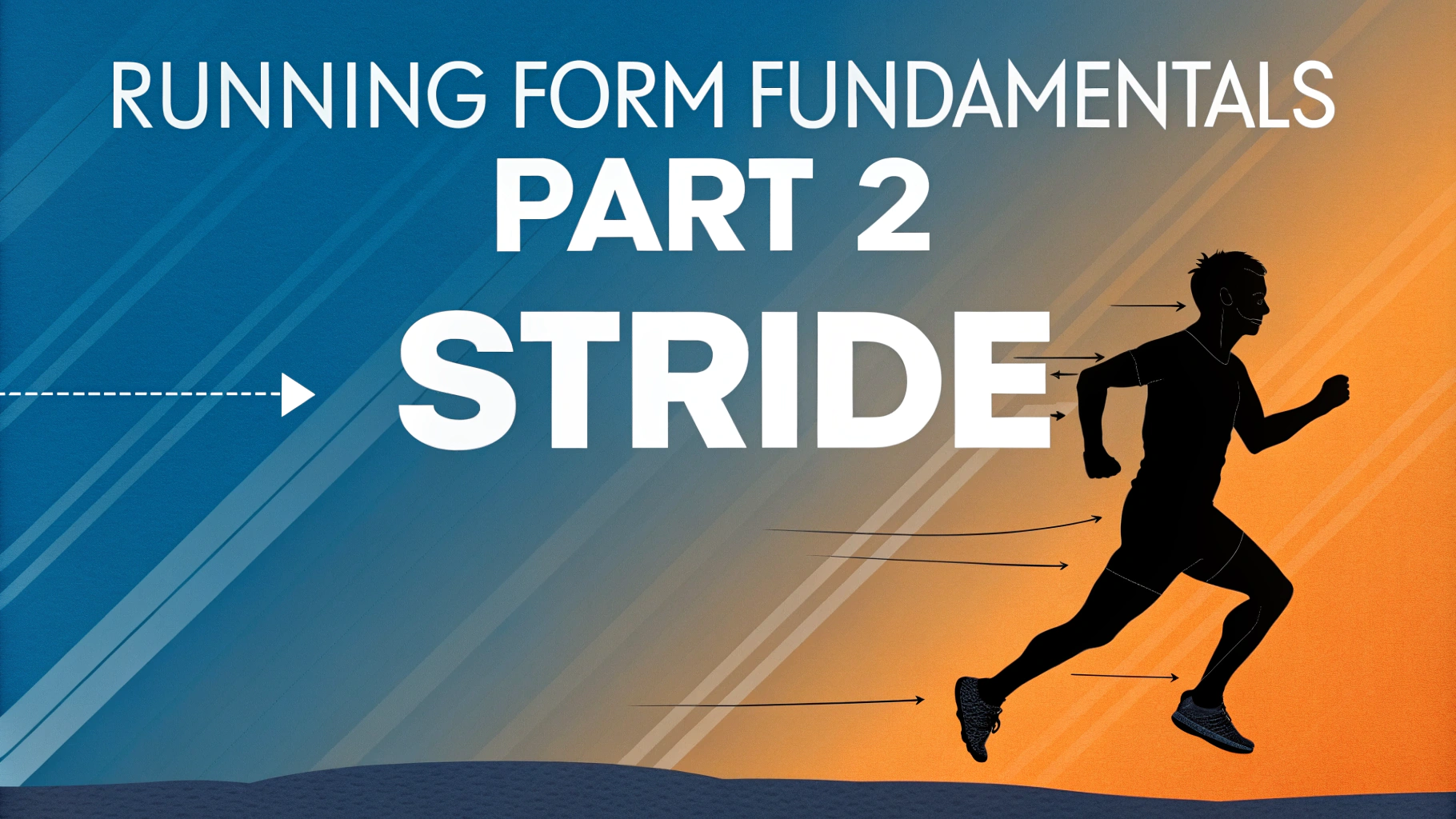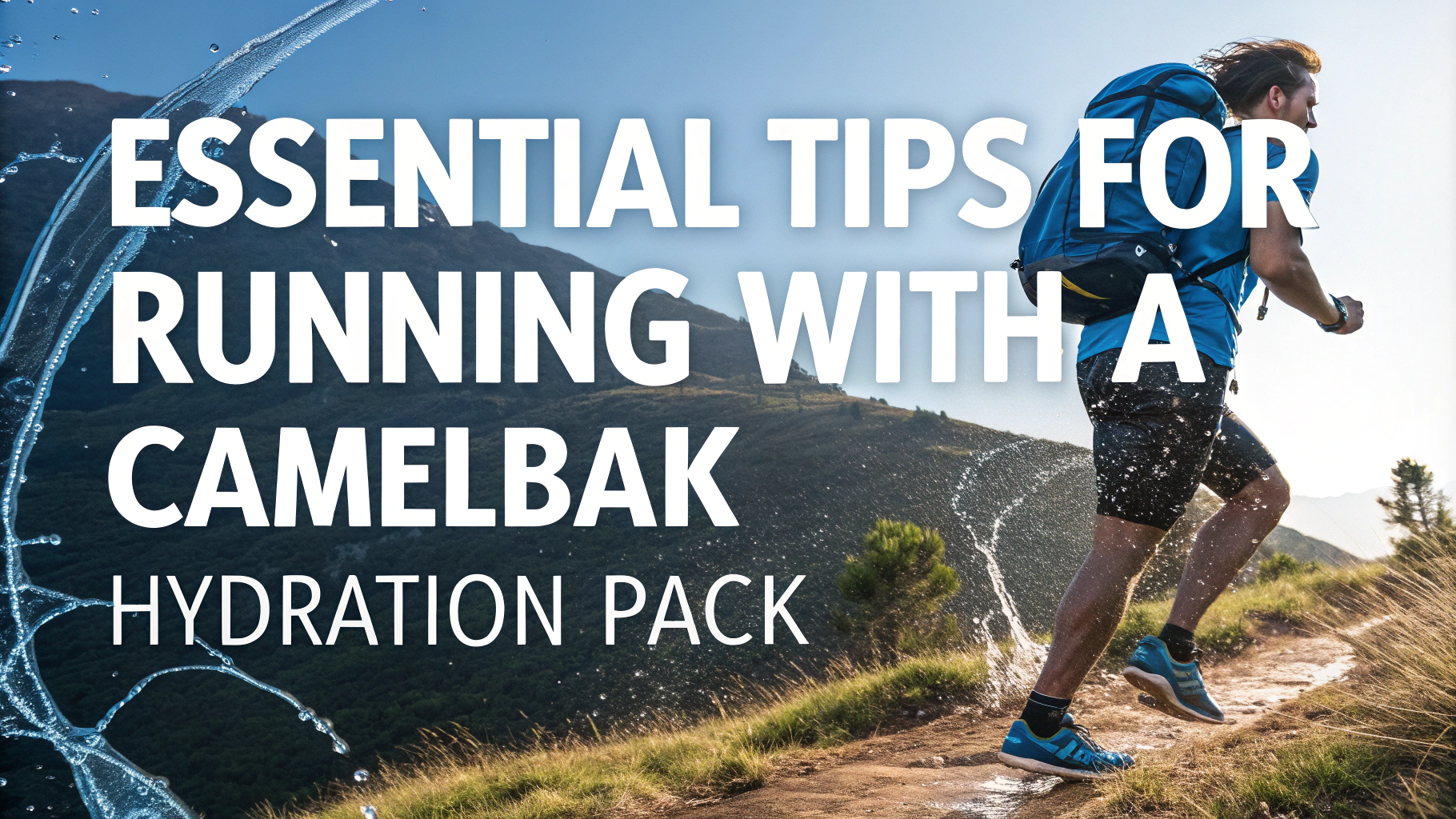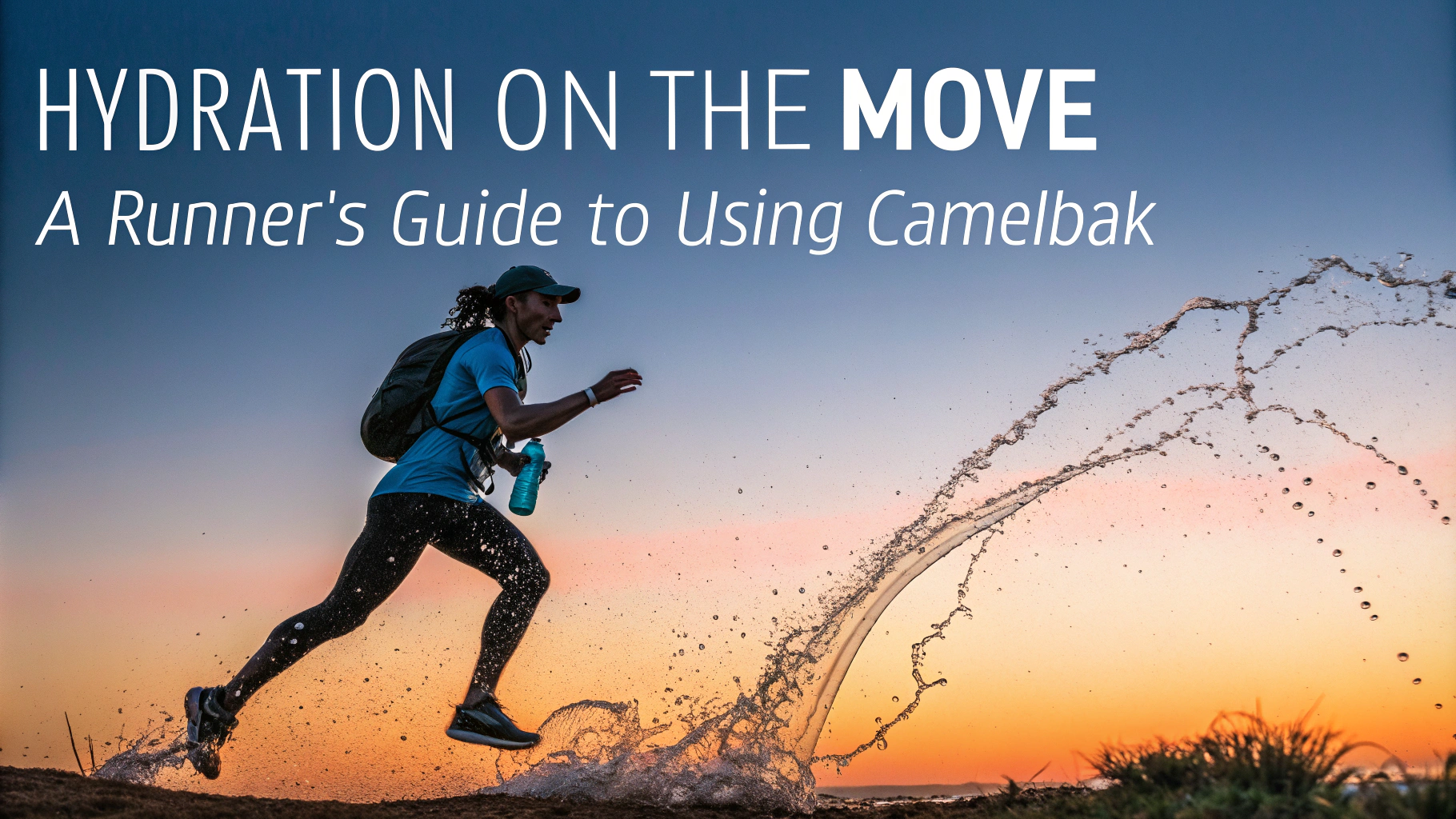Staying properly hydrated during runs directly impacts your performance, endurance, and recovery.
CamelBak hydration packs offer runners a hands-free solution to carry water and essential supplies during training sessions and races.
Choosing the Right CamelBak for Running
- Minimalist Vests: Perfect for short runs (1-2 hours)
- Mid-Range Packs: Ideal for half-marathon distances
- Ultra Vests: Best for long-distance trails and marathons
Popular CamelBak Models for Runners
| Model | Capacity | Best For |
|---|---|---|
| Circuit Vest | 1.5L | Short runs |
| Ultra Pro Vest | 2L | Marathon training |
| Octane XCT | 3L | Ultra running |
Tips for Using Your CamelBak
- Clean the reservoir after each use with warm water and mild soap
- Store the bladder in the freezer to prevent bacterial growth
- Test your pack on training runs before race day
- Fill with ice and water for longer-lasting cold hydration
Common Mistakes to Avoid
- Overfilling the reservoir before a short run
- Forgetting to clean the drinking tube
- Not adjusting straps properly for a bounce-free fit
- Using sports drinks without proper cleaning afterward
Maintenance Schedule
- After Each Use: Rinse with clean water
- Weekly: Deep clean with cleaning tablets
- Monthly: Check for wear and tear
- Bi-annually: Replace bite valve and tube if needed
For technical support or warranty information, contact CamelBak customer service at 1-800-767-8725 or visit www.camelbak.com/support.
The right hydration system can transform your running experience from challenging to comfortable.
Advanced Features to Consider
- Quick-release hose connections for easy cleaning
- Insulated tubes to prevent water warming
- Multiple pocket configurations for gear storage
- Reflective elements for night running
Weather Considerations
Hot Weather Running
- Fill bladder halfway with ice, then water
- Use insulated tubes to maintain temperature
- Consider lighter colored packs to reflect heat
Cold Weather Running
- Add electrolyte mix to prevent freezing
- Blow air back into tube after drinking
- Store pack under outer layer between sips
Fitting Your CamelBak
- Position pack high on back for minimal bounce
- Adjust sternum straps for stability
- Ensure bite valve is easily accessible
- Test fit with full water load before running
Conclusion
Investing in a quality CamelBak hydration system and maintaining it properly ensures reliable hydration for all your running adventures. Choose a model that matches your running style, maintain it regularly, and adjust it properly for the best experience. Remember that proper hydration is crucial for performance and safety during any running activity.
Visit your local running specialty store for a professional fitting or additional guidance on selecting the perfect hydration solution for your needs.
FAQs
- How much water should I carry in my CamelBak for different running distances?
For runs under 1 hour, 1-1.5 liters is sufficient. For 1-2 hour runs, carry 1.5-2 liters. For runs over 2 hours, consider 2-3 liters or plan refill stops. - How do I prevent the sloshing sound when running with a CamelBak?
Remove excess air from the bladder before sealing, adjust the straps for a snug fit, and don’t overfill if you don’t need the full capacity. - How often should I clean my CamelBak reservoir?
Clean after every use if filling with sports drinks, or at least once every 1-2 weeks if using only water. Use specialized cleaning tablets or mild soap and water. - What’s the best way to prevent mold growth in my CamelBak?
Completely drain the reservoir after each use, air dry with the cap off, store in the freezer when dry, and use cleaning tablets regularly. - Should I freeze my CamelBak before a hot run?
Fill the reservoir halfway with water, freeze horizontally, then top off with water before your run. This provides cold water for several hours. - How do I prevent chafing while running with a CamelBak?
Wear moisture-wicking clothing, adjust straps properly, and consider using anti-chafe products on potential friction points. - Can I put electrolyte drinks in my CamelBak?
Yes, but clean the reservoir thoroughly afterward to prevent residue buildup and bacterial growth. Consider using a separate reservoir for water and sports drinks. - How should I position the CamelBak while running?
Position it high on your back, with straps snug but not tight. The pack shouldn’t bounce or shift while running. - What’s the best way to clean the drinking tube?
Use a tube brush with mild soap and water, or run cleaning solution through the entire system. Blow air through to remove excess water. - How do I prevent my drinking tube from freezing during cold weather runs?
Blow the water back into the reservoir after each drink, use an insulated tube cover, and consider wearing the tube under your outer layer.










